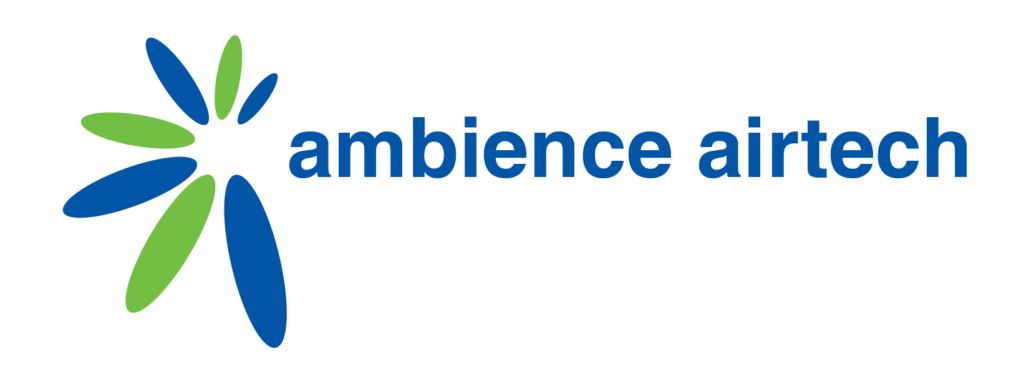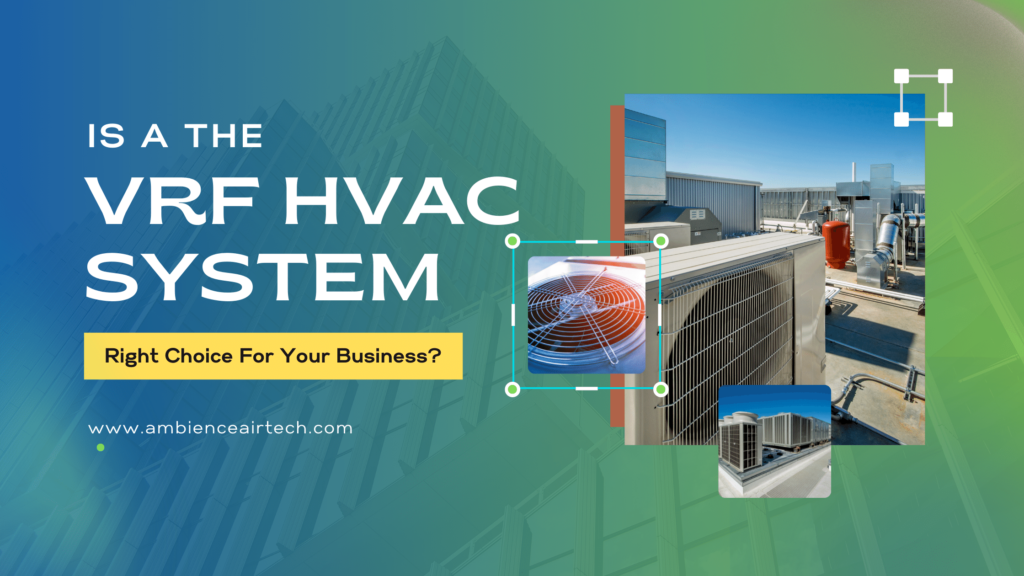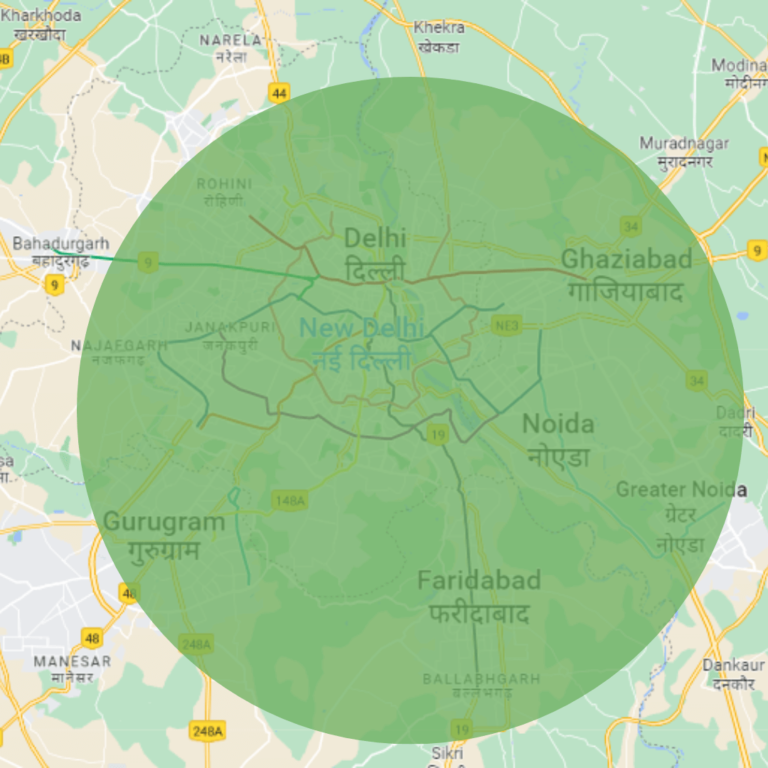Are you replacing your air conditioner? Consider installing a VRF HVAC system. If you’ve been dealing with uncomfortable temperatures, humidity issues, and frequent breakdowns, you know you’ll need to replace your air conditioning system before summer arrives. And if you’re wise (who you are as a business owner or manager), now is the time to think about it.
- Prepare for high demand and potentially long wait times when the hot weather arrives.
- You can save a lot of money. Many suppliers will have unsold equipment from last summer that they are willing to sell at a discount in order to make room for new models.
- Experts advise replacing your ventilation system along with your air conditioning system. In many cases, both systems work together, and replacing one without replacing the other may find a middle ground for your comfort and cost you more in the long run. Now is an excellent time to replace both systems without interfering with your operations.
If you’ve already begun researching your options, you might be feeling a little overwhelmed by all the new technology options. Brochures and websites are frequently written in techno-speak and riddled with perplexing acronyms.
Today, we’ll clear up some of the misunderstandings and explain one of the acronyms you must be familiar with in commercial climate control: the VRF HVAC system.
What are the benefits of a VRF HVAC system for your company? So, what exactly is a VRF HVAC system, and why is it critical that you understand it? VRF is an abbreviation for “Variable Refrigerant Flow,” and it is the most recent advancement in heating and cooling comfort. Here are some of the reasons why these new systems are quickly becoming popular commercial HVAC options:
In your space, the VRF system can provide both heating and cooling. This is especially useful when replacing both air conditioning and heating equipment because a single new system can replace both! (In colder areas of the country, a secondary heating source such as radiant floor heat may be required.) Because of their efficient design, VRF systems consume significantly less energy.
A VRF HVAC system’s quiet operation is ideal for the business environment. The VRF is intended to provide precise comfort control across multiple zones with varying heating and cooling requirements. As a result, your space is consistently comfortable, with well-controlled humidity and no hot or cold spots. Because the air handlers are smaller and a VRF system does not usually require ducts, the equipment requires less wall and ceiling space. The VRF includes controls that may allow you to avoid purchasing costly building management software.
What is a VRF SYSTEM?
The VRF is air-cooled and refrigerant-based, like traditional central air systems used in homes and small businesses. Outdoor condenser units and indoor fan coil units are available. The VRF HVAC system, on the other hand, is designed very differently than the older split system.
A VRF HVAC system features several smaller air handlers that can be individually controlled and piped back to one system, rather than one large, noisy unit pumping out air to the entire space. Variable refrigerant flow, or VRF, refers to the ability of the system to control the amount of refrigerant flowing to each of these small air handlers.
This sophisticated VRF HVAC system can provide not only cooling but also heat, and even both at the same time, to different areas of the space. The residual heat from the cooling process can be used to power the system.
The use of multiple indoor units allows for the creation of zones that can be individually controlled.
Furthermore, because the variable-speed compressor only operates at the capacity required for the current conditions, these VRF systems are very quiet and energy-efficient.


